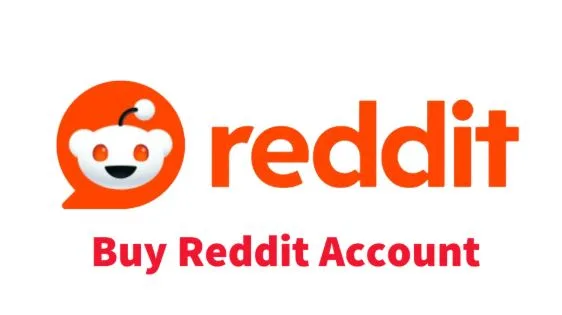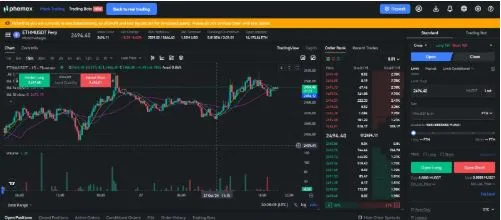How to Successfully Launch Your Brand in Major Retail Markets
Breaking into major retail markets is a significant milestone for any brand. It represents more than just growth; it signals trust, reach, and long-term potential. But getting your products on the shelves of large retailers is not just about having something great to sell. It takes strategy, preparation, and the right partnerships to make it work.
Here’s a practical, people-centered approach to launching your brand in today’s competitive retail space.
- Tell a Story That Resonates
Before you think about shipping pallets or barcode formats, focus on your story. Why does your brand exist? Who are you trying to help?
Retailers and their customers are drawn to authenticity. If you’re solving a real problem, creating joy, or building toward a greater mission, say so clearly and consistently. You’re not just pitching a product; you’re inviting people to believe in your values. That connection is what often motivates a buyer to give a new brand a chance.
- Understand the Retailer’s Customer
It’s not enough to know your customer; you need to know theirs, too.
Each retailer has its own audience with unique shopping behaviors, price sensitivities, and lifestyle preferences. Do your research. Look at what’s already on the shelves, note gaps in the selection, and study how similar products are presented. This gives you insight into how to position your offering and how to pitch it effectively.
- Get Ready to Scale Smartly
Big retail comes with big responsibility. That means you need a plan to deliver high volumes, often on short timelines, while maintaining quality and compliance.
This doesn’t mean overextending yourself. You need reliable systems for inventory, fulfillment, packaging, and returns. It’s about being realistic and prepared, not scrambling when the orders come in. Consider working with third-party logistics partners or building a small but efficient in-house team to manage growth.
- Make Compliance a Non-Issue
Retailers expect clear communication and smooth operations from their vendors. This includes things like EDI integration, product labeling, and shipment documentation.
Getting this right matters more than most new brands realize. Mistakes can slow down launches or even get your products pulled. That’s why tools like Orderful are essential. If you’re wondering how to sell on Target, for instance, platforms like this help simplify the technical side of onboarding; they keep you compliant and give you more time to focus on your business.
- Support the Launch
Getting in is one thing; staying in is another.
Once your product hits shelves, stay actively involved. This means working with store teams, monitoring stock levels, and offering marketing support when possible. Simple tactics like social media promotion or user-generated content can help drive awareness and sales. The more visible and supported your product feels, the more likely it is to sell and be reordered.
- Think Long-Term, Not One-Time
One purchase order doesn’t guarantee lasting success. Retailers are watching sell-through rates, return data, and customer feedback.
Your job is to treat that initial launch as a foundation. Use the data to refine your strategy; maybe that means adjusting packaging, pricing, or messaging. Be flexible and responsive. Brands that grow in retail usually treat partnerships as evolving, not finished.
Final Thoughts
Getting into major retail isn’t about luck; it’s about preparation, storytelling, and adaptability. With the right tools and thoughtful strategy, you can build a strong, lasting presence in stores across the country. Don’t rush. Stay human. Be ready to learn. Always lead with the value you bring to both the shelf and the customer.






